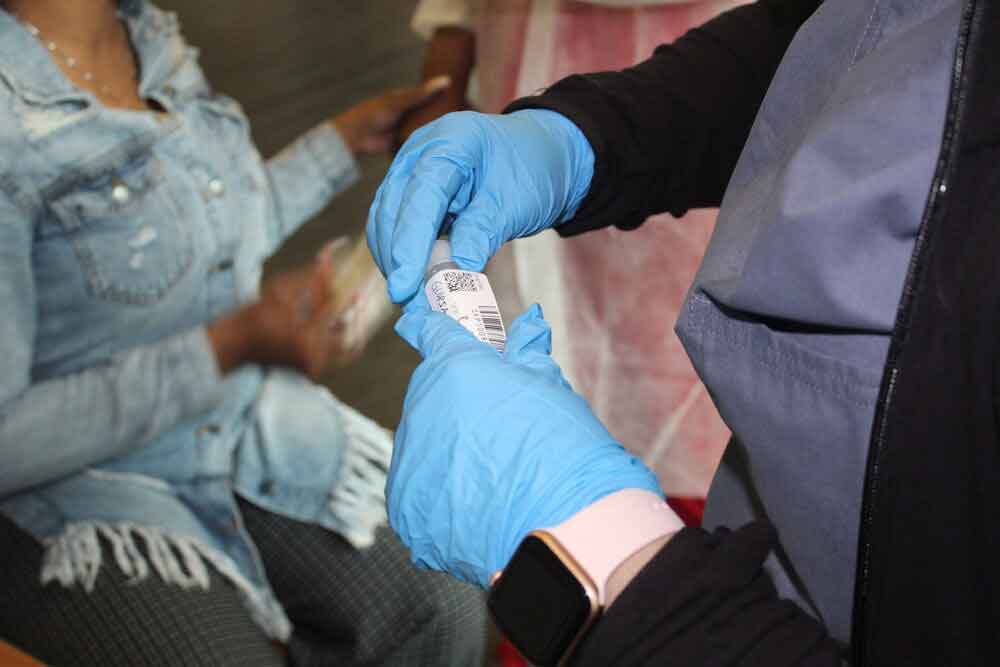
July, 2022
Our Booster Shot is Getting an Update: What to know for the upcoming fall
A new COVID-19 vaccine is on the horizon—not entirely new, but an updated version. The FDA recently approved updating the COVID-19 vaccine to better target the Omicron variant that has been swiftly circulating the country for two years after the start of the pandemic. The new vaccine will be bivalent, meaning that it targets the original strain of the virus as well as the Omicron subvariants: a BA.4/5 spike protein will be included in its chemical composition. At the end of June, the FDA advisory panel convened to discuss this possible change, taking into consideration encouraging findings from both Pfizer and Moderna and hesitation from researchers. The "vexing" problem, according to Dr. Eric Topol from the Scripps Research Translational Institute, is that "we're following rather than getting ahead." The Omicron variant is relentlessly circulating and mutating, and to some, changing the chemical makeup of the vaccine will help only until the variant learns how to skillfully evade it again. Nevertheless, the FDA advisors ultimately decided to update the vaccine, and encouraging experimental data from both Moderna and Pfizer played a significant role in this decision.
In early June, in Phase 2/3 of a Moderna clinical trial, 437 individuals were administered a bivalent vaccine. All participants were given a 50-milligram dosage to maintain consistency with the present booster. After having been administered this vaccine, researchers found an eight-fold increase in participants' antibody levels against variant BA.1. Later trials also indicated a five-fold increase in antibody levels against subvariants BA.4 and BA.5—lower numbers, but in the words of infectious disease Dr. William Schaffner, still quite "good news."
Switching gears to Pfizer and BioNTech, the company recently conducted a study in which researchers examined 1200 older adults—ages 56 and over—who had already received both doses of the vaccine and the booster shot. This study looked at two different variables—monovalent versus bivalent chemical composition, as well as vaccine dosage. Similarly to Moderna's bivalent booster, Pfizer's booster adds an Omicron-fighting component to the original vaccine. On the other hand, Pfizer's monovalent booster only targets the Omicron strain. Interestingly, researchers found that while both the monovalent and bivalent vaccine proved effective at improving one's immune response to the variant, the monovalent vaccine appeared more effective. The monovalent booster resulted in a 13.5-19.6 times increase in antibody levels, whereas the bivalent booster resulted in a 9.1-10.9 times increase. Higher antibody levels were seen with higher dosages, and early data also suggested that both vaccines had a neutralizing effect on BA.4 and BA.5.
To some, these findings from Pfizer may cause a bit of confusion. If Pfizer's monovalent vaccine appeared to perform better than its bivalent counterpart, why did the FDA approve bivalent boosters for future public use?
The answer lies in the fact that the bivalent booster enhances the original vaccine with protection from Omicron and its subvariants. This vaccine will boost your immune response to Omicron while all the benefits of the original jab remain intact.
Pfizer and Moderna hope to have the bivalent vaccine ready for public rollout by the fall. Both Pfizer and Moderna have already developed vaccines targeting the BA.1 variant, and vaccines targeting the BA.4 and BA.5 variants are still underway. By November, however, vaccines from both biopharmaceutical companies should be available for public use. We can thus look forward to the fall to get an added boost of protection against the ever-evolving Omicron variant. Indeed, as FDA vaccine chief Dr. Peter Marks puts it, this is "science at its toughest," but we are here for the ride.

Discover why hundreds of school leaders trust Inspire Diagnostics. Visit us online or email us at info@inspirediagnostics.com


